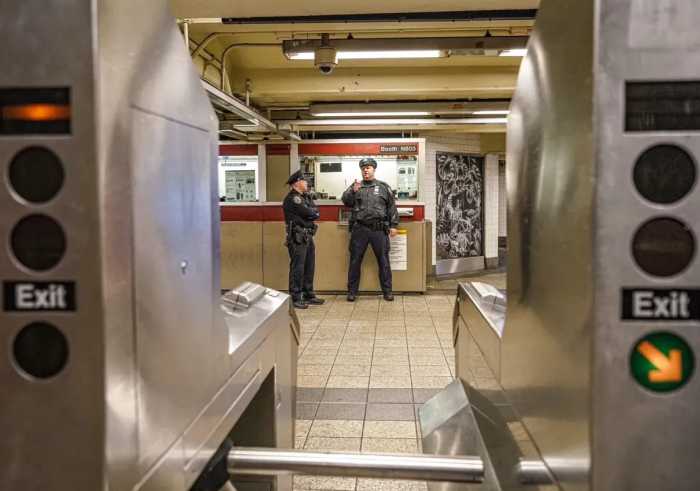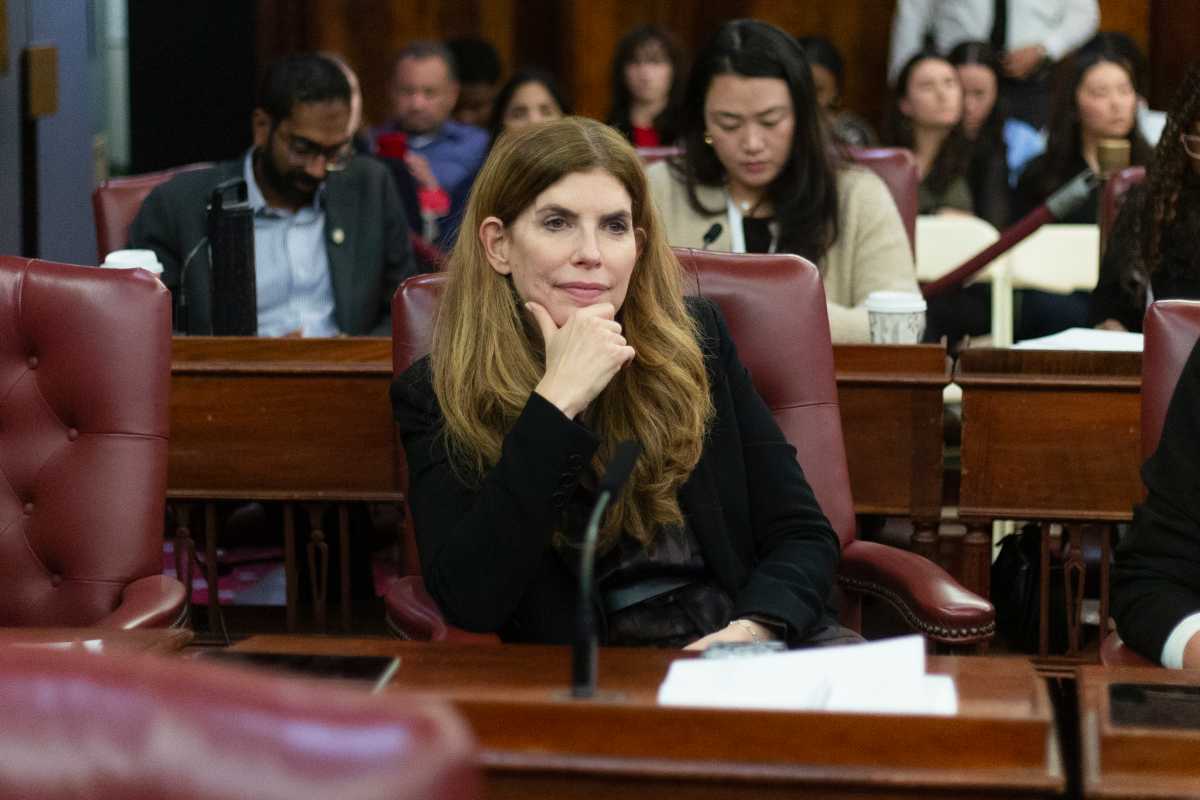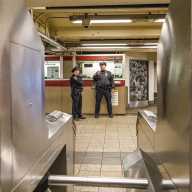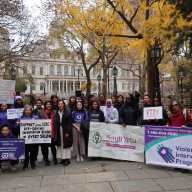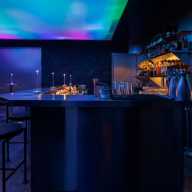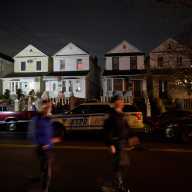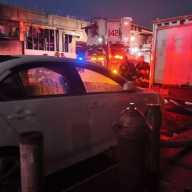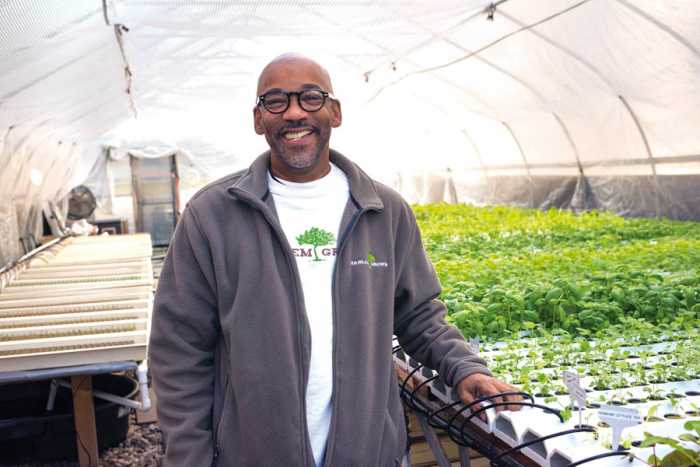By Philip Newman
Gail Nayowith, executive director of the Citizens Committee for Children of New York, said, “public investments to support child well-being are paying off. But we need fresh ideas and big new approaches to tackle risks to children in neighborhoods where progress lags.”The Queens neighborhoods providing the least risk to children are Bayside and Rego Park/Forest Hills, which are cleaner, safer and provide more resources for children, the 60-year-old advocacy group found.”In Bayside, once again the lowest risk community district in the city, children are more likely to thrive,” the report said. “In Bayside, most families with children are affluent, earning a relatively high median income, there are few low birthweight babies born, a low rate of crime and clean streets. Children living in Bayside also have the highest reading and math scores in the city, very few teen births and relatively few child abuse and neglect reports,” the Citizens Committee for Children said.”The experience of growing up in Bayside shows the relationship between low risk and better outcomes for children.”In Queens, the median household income fell from $45,830 in 1999 to $44,233 in 2002. The report said 14.1 percent of Queens children were living under the poverty level in 2002 and 21.9 percent of households spent half or more of their income on rent in 2002. It said 3.9 percent of Queens youth aged 16-19 were in neither school nor in the labor force in 2002.In the poverty category, the study listed no part of Queens in its “highest risk” area, but at mid-range risk in that department were Jamaica/St. Albans, Astoria/Long Island City, Elmhurst/Corona and the Rockaways.The least risk in the poverty category was in Bayside, Fresh Meadows/Briarwood/Queens Village and Rego Park/Forest Hills.In the health risk category, the Rockaways were cited as in the highest risk range, adding that the neighborhood had worsened since the 1990sThe least risk to children's health was in Bayside, Flushing and Rego Park/Forest Hills, which had improved since 1999.In the youth category, which takes in births to teenagers, teens neither in school nor high school graduates and youth arrests, Jamaica/St. Albans, the Rockaways and Elmhurst/Corona were all listed as high but not maximum risk areas, with the latter two categorized as worse than in 1999.In the least risk category for youth were Bayside, Flushing and Rego Park/Forest Hills.In education, where the percentage of students in grades 3-8 who meet city and state reading and math standards was measured, no Queens neighborhoods were at the bottom category. At mid-range were Jamaica, Howard Beach and the Rockaways, Queens Village, Rosedale and Hollis, Sunnyside, Woodside and Jackson Heights. At the top were Bayside, Douglaston and Little Neck, Flushing and Whitestone, Jamaica Estates and Forest Hills.As for safety, which included child neglect reports and violent felonies, Bayside, Flushing and Rego Park/Forest Hills were listed as at least risk for children with Jamaica/St. Albans and the Rockaways at moderately high risk.Other Queens facts in the survey included (highest and lowest figures listed): Children per acre of park space: Woodhaven 3,698, Elmhurst/Corona 2,687, Bayside 26 and Jackson Heights 16.Percentage of households with one or more motor vehicle: Bayside 87.2 percent, Queens Village 82.7, Howard Beach 75.2, Fresh Meadows 72.6, Flushing 70.1, Ridgewood/Glendale 63.5, Jackson Heights 50.2. Astoria/Long Island City 44.2.Percentage of residents who pay half or more of their income on rent: Jackson Heights 28.2 percent, Flushing 28.8.Books per child: Flushing 19.2, Fresh Meadows/Briarwood 16.1, Bayside 17.1, Jamaica/St. Albans 2.3.Number of banks: Astoria/Long Island City 35, Bayside 28, Howard Beach 9.The Citizens Committee for Children reported great disparities among neighborhoods citwyside , such as Bayside, where 76 percent of students meet city reading standards and 77 percent meet math standards compared with 52 percent and 34 percent in Hunts Point in the Bronx.The report also said 49.6 percent of Queens students met state and city math standards compared with 42.4 percent citywide.But Queens schools are more crowded than the rest of the city with School District 24, covering Jackson Heights, Sunnyside and Woodside, at 103.2 percent of capacity.Queens also has the highest rate of overcrowded housing in the city with 13.9 percent of rental units considered overcrowded. However, that total is down from 22.3 percent in 2000.The 360-page report also notes that home ownership in Queens has increased from 42.8 percent of residents owning homes in 2000 to 46.2 percent in 2002. Queens Village leads in homeownership with 73.1 percent followed by 70.7 percent in Bayside owning homes. The figure is 19.7 percent in Astoria/Long Island City.Despite the state of well-being so evident in Bayside and some other borough neighborhoods, Queens has other problem areas. A total of 48,343 children in Jamaica/St. Albans got emergency food assistance in 2003. The figure was 12,404 in the Rockaways, 9,908 in Jackson Heights, 8,581 in Howard Beach and 3,065 in Flushing. For Elmhurst/Corona, it was 838 and Bayside 1,204.The lag in improvement to which Nayowith referred is particularly evident in black and Hispanic neighborhoods. Latino families tend to have lower incomes, Latino children are more likely to live in poverty and be abused and neglected while black children tend to face disadvantages in terms of health, including having the highest infant mortality rate.Reach contributing writer Philip Newman by e-mail at news@timesledger.com or by phone at 718-229-0300, Ext. 136.

